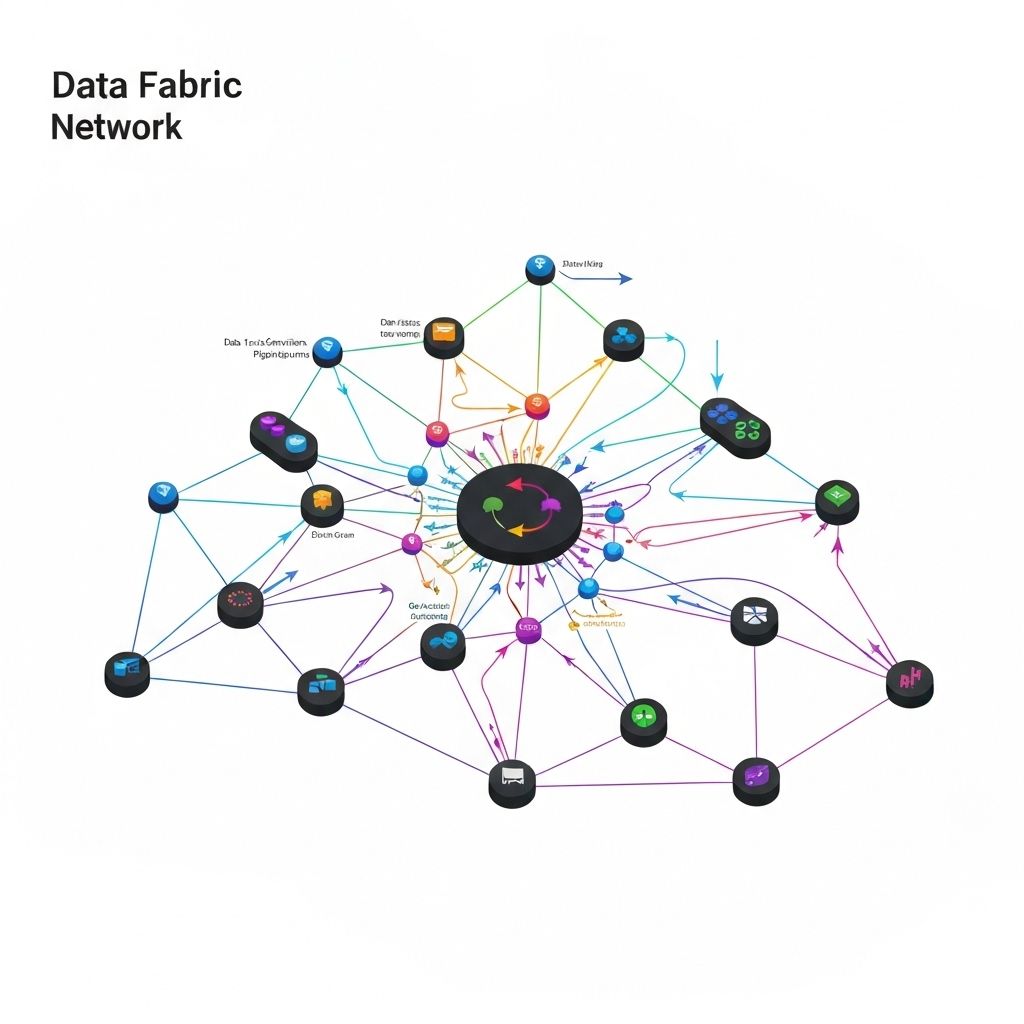Serverless Architecture: The Future of Cloud Computing
Computing Without Servers?
Serverless computing represents a paradigm shift in how we build and deploy applications in the cloud, fundamentally changing the relationship between developers and infrastructure. The name is a bit of a misnomer—of course, there are still servers involved. The crucial difference is that developers no longer have to provision, manage, maintain, or scale them. The cloud provider handles all the underlying infrastructure automatically, abstracting away the complexity of servers, operating systems, and even scaling logic.
Developers simply write their code in the form of discrete functions and upload them to the cloud provider's platform. When an event occurs—like an API request, a new file being uploaded to storage, a database change, or a scheduled timer—the cloud provider instantly spins up an isolated container, executes the function to handle the event, and then spins it down again once the task is complete. This event-driven model is the core of serverless.
The Key Benefits of Going Serverless
This architectural model offers several compelling advantages that are driving its rapid adoption:
-
Reduced Operational Overhead and Increased Focus: By abstracting away the infrastructure, serverless allows development teams to focus exclusively on writing code that delivers business value, rather than spending valuable time and resources on server maintenance, security patching, capacity planning, and scaling. This accelerates innovation and time-to-market.
-
Pay-Per-Use Cost Model and Efficiency: With traditional cloud servers (or even containers), you typically pay for them to be running 24/7, whether they are actively processing requests or sitting idle. With serverless, you pay only for the actual compute time your functions use, down to the millisecond, and for the number of times they are invoked. For applications with variable, spiky, or infrequent traffic patterns, this can lead to massive cost savings compared to provisioning for peak load.
-
Automatic and Effortless Scalability: A serverless application can automatically scale from zero users to millions of concurrent requests without any manual intervention or complex configuration. The cloud provider handles all the scaling logic, ensuring your application is always responsive and available, no matter the load. This elasticity is a significant advantage for applications with unpredictable user demand.
A New Way of Building and Deploying Applications
At RaxCore, we've helped numerous enterprise clients migrate monolithic applications to modern serverless architectures, resulting in operational cost reductions of up to 60% while simultaneously improving reliability and scalability. Our serverless-first approach enables our clients to innovate faster, experiment with new ideas at low cost, and respond more quickly to market changes by reducing the overhead associated with infrastructure management.
The future of cloud computing is not about managing infrastructure; it's about solving business problems and delivering value through code. Serverless architecture removes the complexity barrier, democratizing access to enterprise-grade, infinitely scalable, and cost-efficient computing power for developers and organizations of all sizes, making it an essential pattern for modern cloud-native development.



